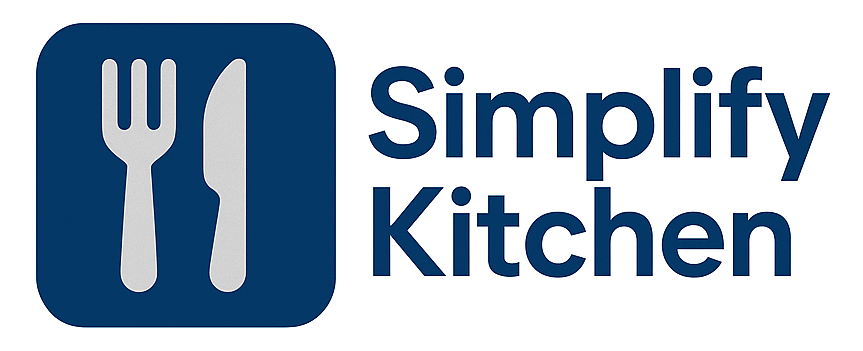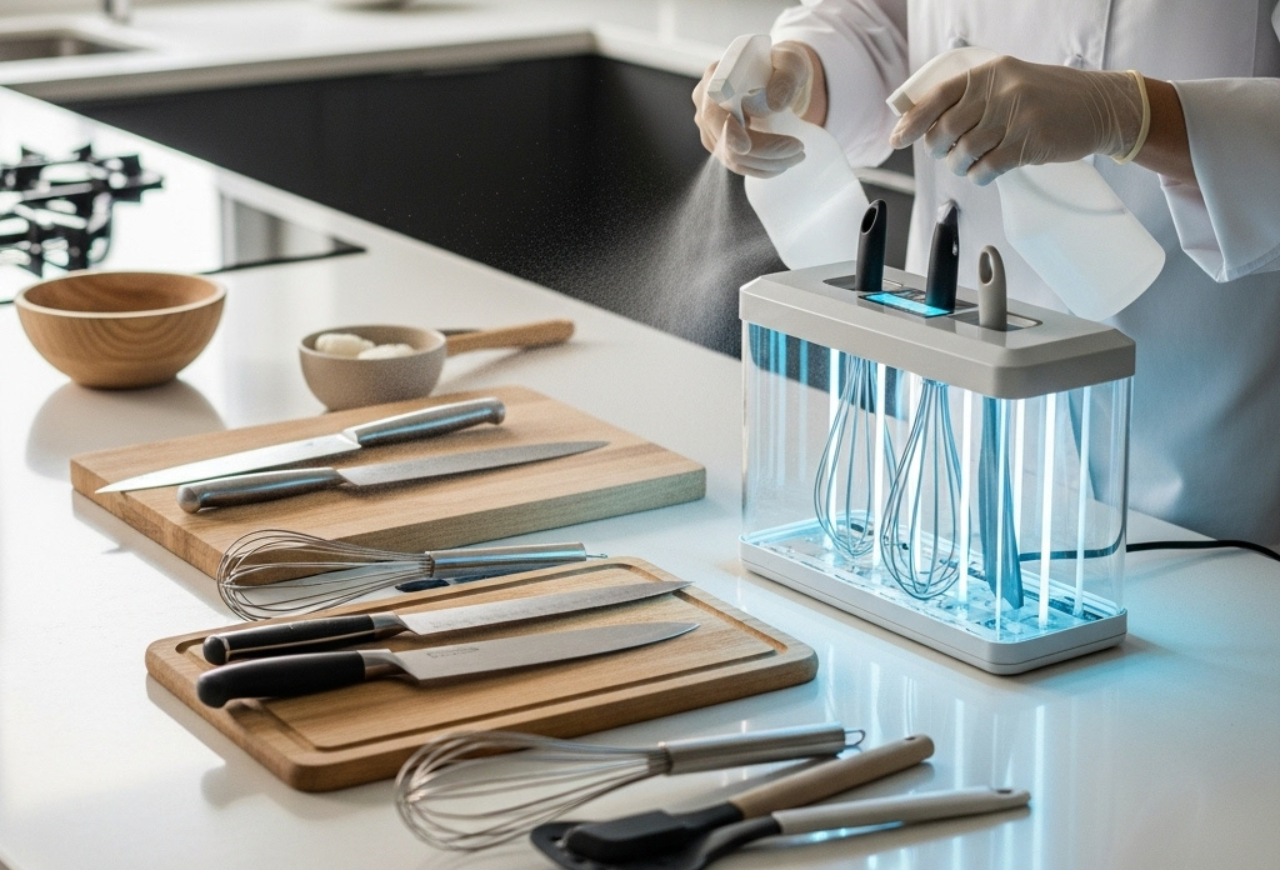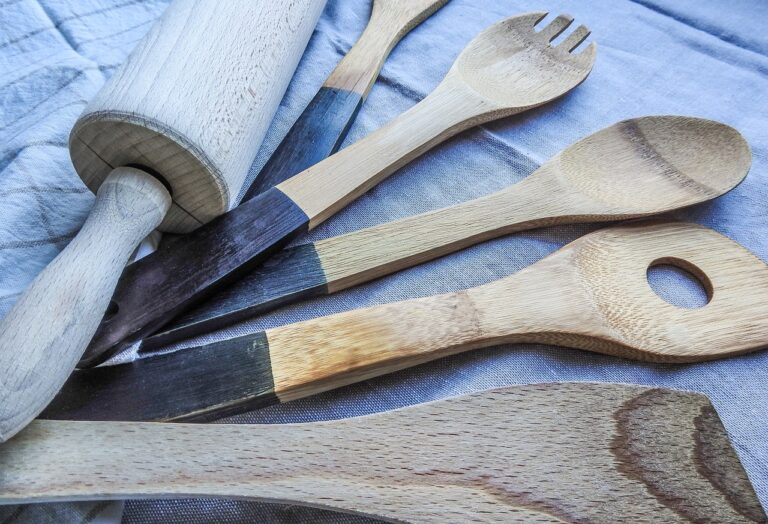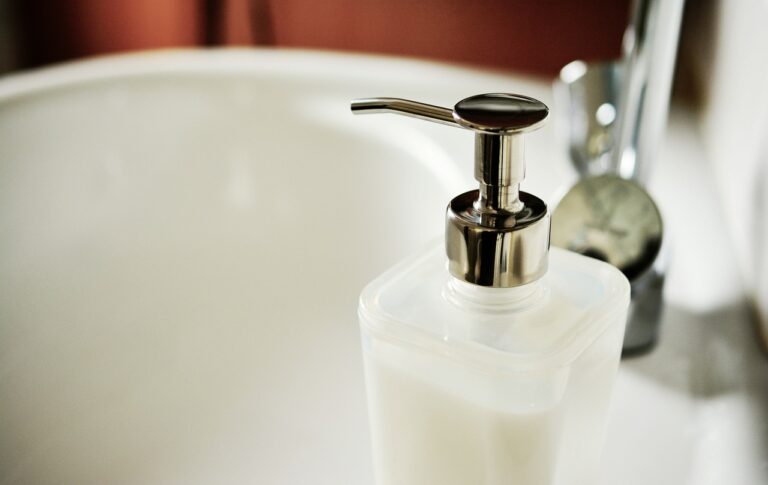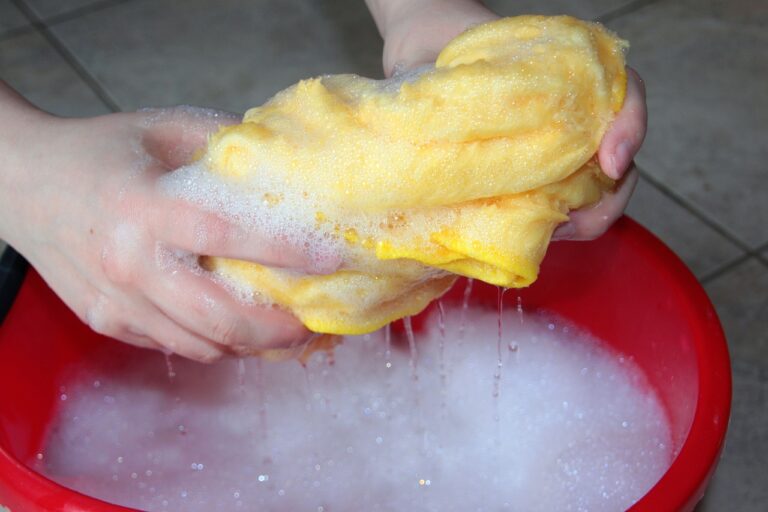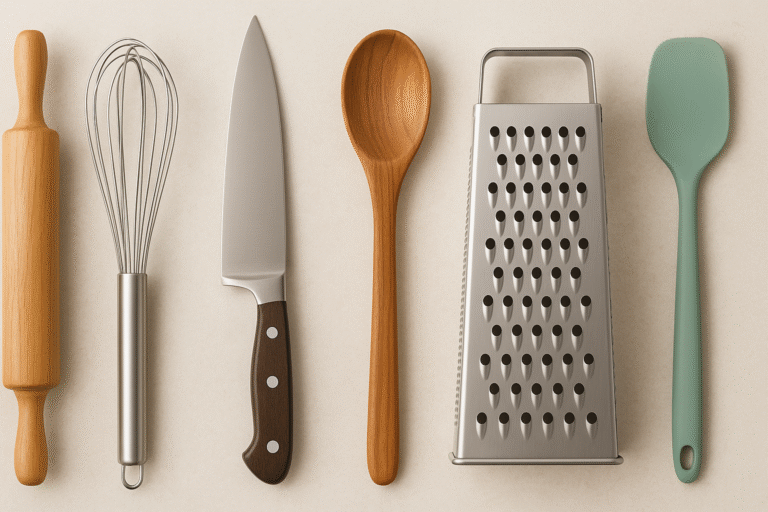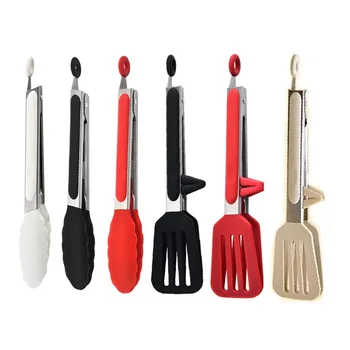Maintaining a clean and safe kitchen environment is essential for both home cooks and professional chefs. One of the most critical aspects of kitchen hygiene is sanitizing tools and equipment. But why exactly is it so important to sanitize kitchen tools and equipment? Let’s explore the reasons in detail.
1. Preventing Foodborne Illnesses
The primary reason to sanitize kitchen tools and equipment is to prevent foodborne illnesses. Kitchen tools such as knives, cutting boards, and utensils often come into contact with raw foods like meat, poultry, and vegetables. These raw foods can harbor harmful bacteria like Salmonella, E. coli, and Listeria. If these bacteria are not effectively eliminated through proper sanitization, they can contaminate other foods and cause serious illnesses when consumed.
Sanitizing kills these pathogens, reducing the risk of cross-contamination and keeping food safe for consumption.
2. Avoiding Cross-Contamination
Cross-contamination occurs when bacteria or allergens are transferred from one surface or food item to another. This can happen easily if kitchen tools are not cleaned and sanitized between uses. For example, using the same cutting board to chop raw chicken and then vegetables without sanitizing it in between can transfer harmful bacteria to the vegetables, which might be eaten raw.
Sanitizing kitchen equipment breaks this chain of contamination, ensuring that bacteria from one food do not spread to others.
3. Extending the Lifespan of Kitchen Tools
Regular cleaning and sanitizing not only protect health but also help preserve the quality and longevity of kitchen tools and equipment. Residue buildup from food and grease can cause damage over time, leading to rust, dull blades, or malfunctioning parts. Proper sanitization prevents this buildup, keeping your tools in good working condition longer.
4. Maintaining Compliance with Health Regulations
For commercial kitchens, sanitization is not just a best practice but a legal requirement. Health authorities impose strict guidelines on food safety, including mandatory sanitizing routines for kitchen tools and equipment. Failure to comply can result in fines, closure, or damage to business reputation.
Even in home kitchens, adopting proper sanitization habits aligns with recommended food safety practices and promotes a culture of cleanliness.
5. Protecting Vulnerable Individuals
Certain groups, such as children, elderly people, pregnant women, and those with weakened immune systems, are more susceptible to foodborne diseases. By sanitizing kitchen tools and equipment regularly, you reduce the chances of exposing these vulnerable individuals to harmful pathogens, ensuring their safety and well-being.
6. Enhancing Overall Kitchen Hygiene
Sanitizing contributes to a cleaner, more hygienic kitchen environment. It minimizes unpleasant odors and reduces the buildup of bacteria, mold, and other contaminants on surfaces. This creates a healthier atmosphere for cooking and dining, making the kitchen a more pleasant place to work in.
How to Properly Sanitize Kitchen Tools and Equipment
Clean first: Remove all visible food debris with soap and water.
Sanitize: Use a commercial sanitizer or a homemade solution like diluted bleach (1 tablespoon bleach per gallon of water) to kill bacteria.
Air dry: Let tools air dry completely before storing to prevent bacterial growth.
Sanitize cutting boards, knives, and utensils after every use, especially when handling raw meat, fish, or poultry.
Conclusion
Sanitizing kitchen tools and equipment is a fundamental step in ensuring food safety and protecting health. It prevents foodborne illnesses, avoids cross-contamination, preserves the quality of tools, complies with health regulations, and safeguards vulnerable individuals. Whether cooking at home or managing a professional kitchen, proper sanitization should always be a priority to create a safe and healthy food environment.
